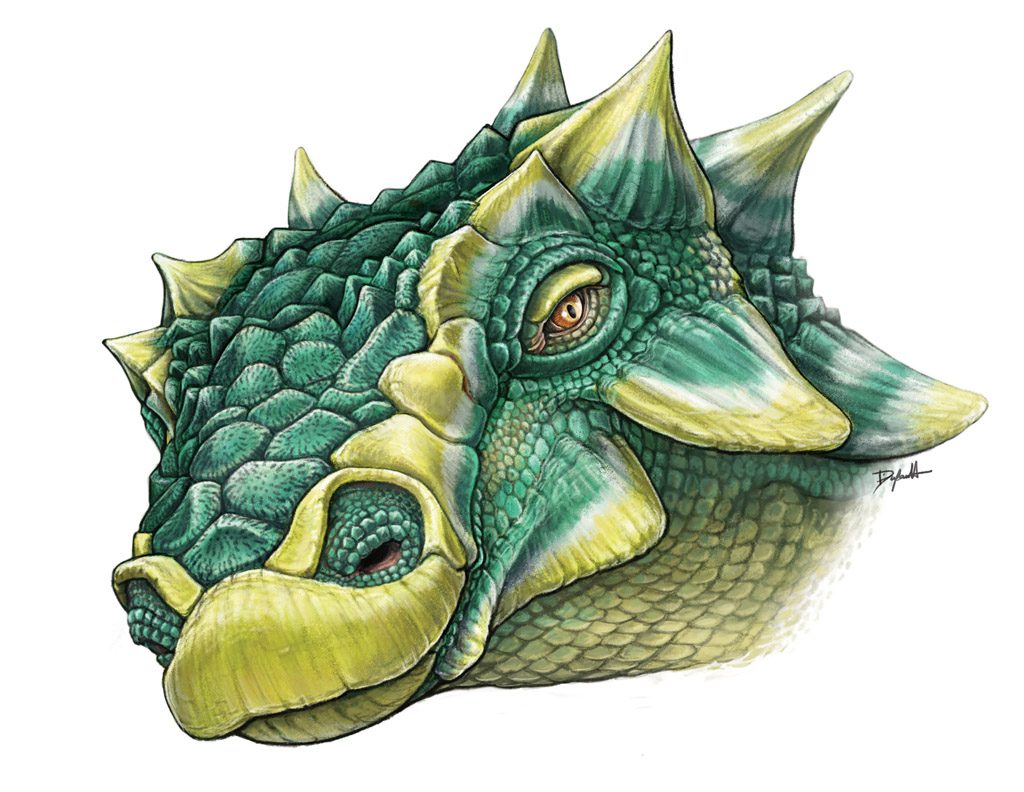Dinosaur has always fascinated people and continues to maintain public interest in Lost Worlds. Discovery of the new species of dinosaur in Montana, United States, widens the scope of study of evolutionary changes and diversity for long duration in past. These fossils are of a 75-million years old dinosaur species, and they have been found in well preserved condition. Though dinosaur themselves are considered to be the largest terrestrial animal as per scientific study but this particular species is quite unique in because of the two prominent horns set behind the eyes. The resemblance of the specimen’s skull with the monster in the movie Ghostbuster surprised the scientists and inspired them to call him “Zuul” after the movie character.

With skin impressions, keratinous sheaths on the tail spikes and soft tissues Zuul was considered as the most well preserved ankylosaurs till date. The skeleton though it had to be broken for the expedition was almost intact and bony amour on the superficial surface for protection from predators was found to be in its original conditions, which will help to have better understanding in taxonomic, morphological and ecological perspectives.
“We’re also going to be studying some of the other fossils that were found in the same quarry as this ankylosaur,” said study leader Victoria Arbour, a paleontologist at the Royal Ontario Museum in Toronto. “We’ve got great fossils of turtles and crocodiles and other dinosaurs and plants and clams and snails, so we’re hoping to be able to flesh out the ecosystem that Zuul lived in as well.”
Scientists surmise that Zuul must have weighted around 2500 kg and grown up to 20 feet. The length of the tail was half of the body size and decorated with spikes till the end. The dead-end of the tail with its sledge-hammer like club bestow the monster an extraordinary look which might have been used for defense against larger predators such as tyrannosaurus or slapping a competitor on the leg during mating season, but none of it can now be conclusively proved. The specimen is expected to appear soon in the museum for public viewing after researchers are done studying it completely.
(Writing by Ananya Dutta; Editing by Manoj A.)





















